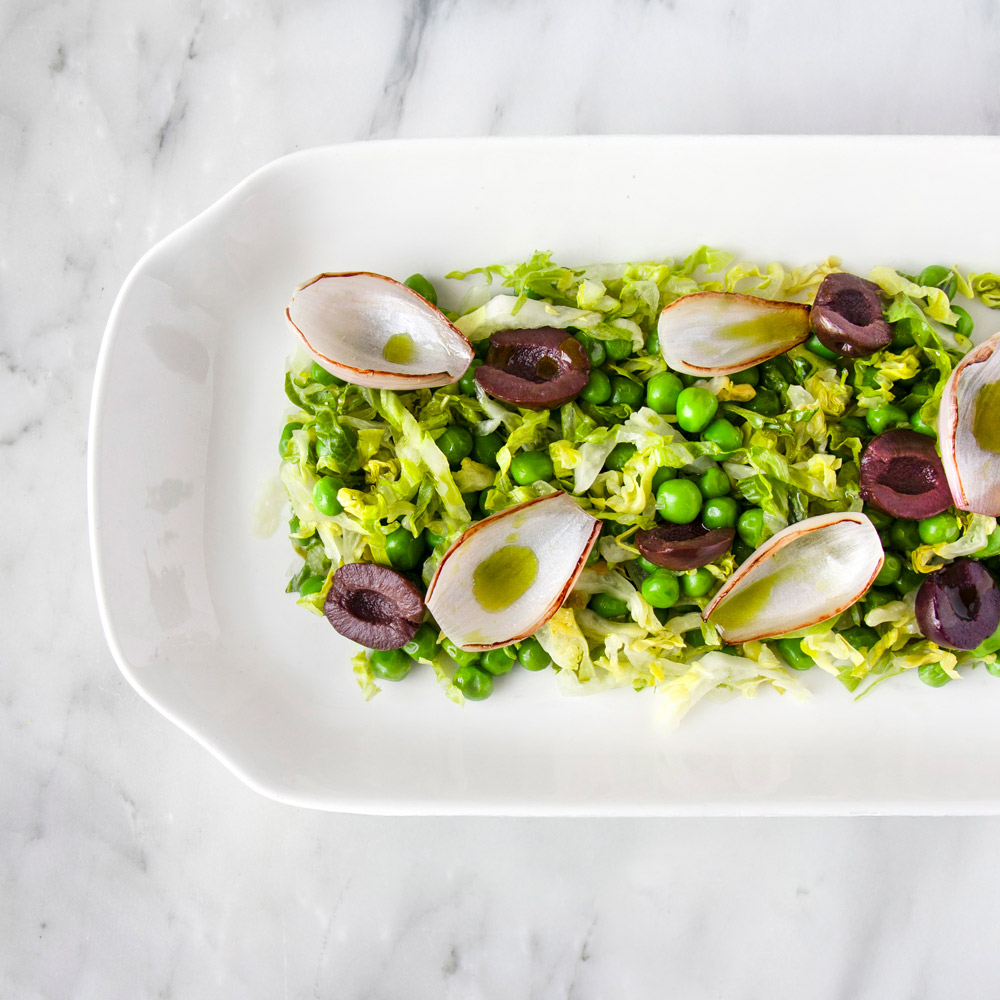As we continue to celebrate Pacific Institute of Culinary Arts' 20th Anniversary, we will be showcasing our chef instructors so you can all get to know them a bit better! Whether you're an alumnus of the school, a prospective student, or a colleague in the industry, I'm certain you'll learn something new in each of these features.
First up is Chef Katsuhito Inoue, currently a training instructor in our Professional Culinary Arts program. After his culinary education and apprenticeship in Osaka, Chef Katsu worked both in Japan and Canada, first establishing himself in Montreal and Toronto before finally laying down roots in Vancouver in 2003. Over the last fourteen (YES! FOURTEEN!) years, Chef Katsu has imparted his knowledge and passion for food here at PICA; his hundreds of students are now all over the world, sharing their own passion with their clients, friends and families. With his incomparable knife skills, attention to detail, and work ethic, it's hard not to be inspired by him.
In this interview, we get to learn more about Chef Katsu - and of course, learn from him as well!
What was your first cooking job, and your best (or worst!) cooking experience there or elsewhere?
My first job was at a traditional Japanese Noodle House... and my worst cooking experience was burning my face and neck with hot oil. (Yikes!)
How would you describe your style of cooking?
Flexible freestyle on a classic base.
What's unique about the education you provide at PICA?
At PICA, instructors care and think about individual students in their kitchens and their future.
If you were not a chef, what would your alternate career be?
Fishing guide or skiing instructor. (Chef Katsu and his younger son Yoshi are avid fishermen, and he and his family hit the slopes here every winter!)
Most exclusive or memorable culinary experience?
Becoming the first ever Asian chef at Pacific Institute of Culinary Arts.
What was your latest food or equipment splurge - and was it worth it?
Takohiki, which is a Tokyo-style sashimi knife. It has a very unique shape and it's made with very special iron!
What are your thoughts about 2017's fusion food trend?
We should do French techniques with Japanese ingredients - Frapanese.
Who is your own icon, mentor or inspiration?
Masakichi Ono, a Japanese-French cuisine chef.
What is your dream culinary vacation?
Anywhere in the countryside, trying out what locals eat.
Finally, do you have any words of reflection for us?
Wow - it's been almost 14 years at PICA working with a group of very talented chefs. It has been my pleasure sharing my knowledge and skill, readying our graduates for their first step into the culinary industry in a friendly and always helpful teaching environment provided by all PICA staff. With my classroom dynamics changing every three months, what else can I ask for? A special thanks to PICA's founder Sue and to Chef Julian for this opportunity.
Torch-Seared Albacore Tuna with Spicy Soy & Lime Wasabi Mayo
A Recipe by Chef Katsu Inoue
Serves 4

Tuna
1 loin of Albacore Tuna, trimmed
Using a blowtorch on high, gently sear all sides of the tuna loin until black dots appear. Cool the tuna down in the fridge so the flesh can settle (approximately fifteen minutes). Once cool, slice into 5-7mm thick pieces and lay nicely on a plate.
Spicy Soy Vinegar
1/4 cup Rice Wine Vinegar
1/4 cup Soy Sauce
La-Yu Chili Oil to taste
Mix all the ingredients together, and brush on the tuna thoroughly.
Lime Wasabi Mayo
Mix together wasabi paste and mayonnaise, enough to balance out the spiciness. Add a touch of acidity with lime juice and mix well. PIace mixture in a fine tipped piping bag and garnish the tuna slices to taste.
To Garnish...
Slice the tops of kaiware (radish sprouts) and sprinkle on top.
Chef's Tip
This tuna is perfect on a salad of Asian mixed greens, soba noodles with julienned carrots, cucumber and green onions, or a classic Niçoise salad. 楽しむ たのしむ
Words of Wisdom
Ume-wa sono hi-no nan nogare.
One Japanese plum a day is an escape from that one-day struggle.



